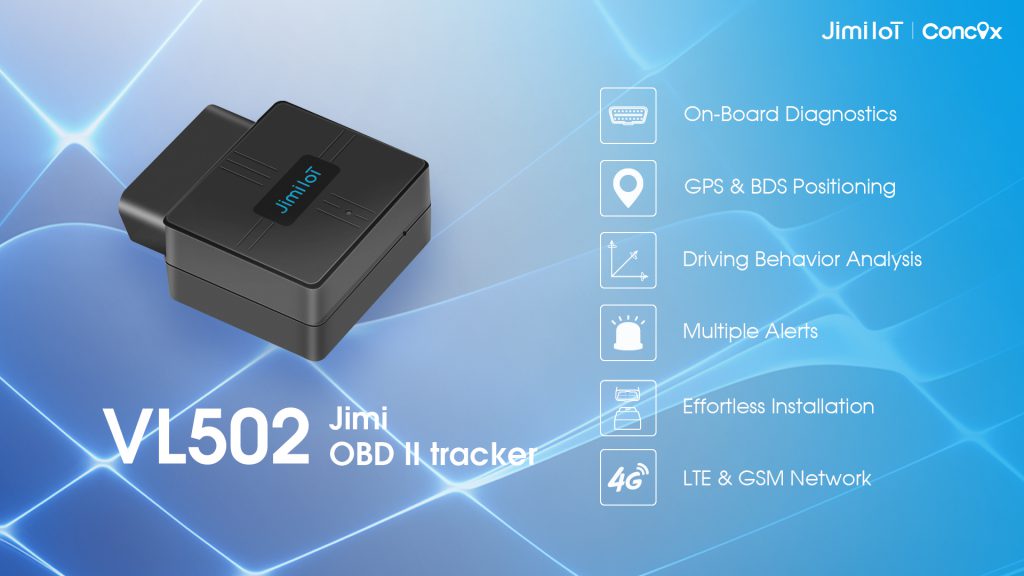Development of OBDII
On-board diagnostics (OBD) is a term referring to a vehicle’s self-diagnostic and reporting capability. OBD systems can monitor the working status of the engine electronic control system and other functional modules of the on-road vehicles in real time. The vehicle owner or repair technician can use the special instrument of the original automobile factory to read the trouble code, so as to quickly locate the malfunction, facilitate vehicle maintenance, and reduce the time for manual diagnosis.
Difference between OBDI and OBDII port
Before OBDI, each automobile manufacturer had its own set of OBD standards, which meant that mechanics had to purchase expensive scanning tools for each manufacturer. OBDI was first introduced in 1987 and started the standardization of on-board diagnostic procedures.
It has sensors to detect emissions and can minimize them with emission control valves. Although it still has many problems and deficiencies.
And automakers have been equipping cars and trucks with OBDII ports since 1996. Each system is basically the same, but slightly different. These are called protocols and are specific to the automobile manufacturer. Modern OBD implementations use a standardized digital communications port to provide real-time data, usually located under the dash on the driver’s side. It allows a vehicle owner or repair technician to read the trouble codes with a special scanning tool.
What is the use of the OBDII port?
a. Monitor the basic parameters of the vehicle, such as mileage, vehicle speed, accelerator pedal position, coolant temperature, etc.;
b. Monitor emission-related parameters, such as the content of various exhaust gases, oxygen content, etc., to ensure compliance with international standards;
c. It is used for the diagnosis of vehicle faults. For example, when the fault light of the car is on, the repair technician will take out the diagnostic instrument and acquire the fault content and freeze frame data at the time of the fault, so as to facilitate the fault investigation.
Why is OBD so important?
The OBD system is an essential part of telematics and fleet management, making it possible to realize predictive maintenance and minimize management costs.
Thanks to OBD systems, fleets can:
a. Analyze vehicle maintenance data and see which vehicle parts wear out faster than others;
b. Instant actions in the event of a vehicle breakdown, enabling proactive rather than reactive management;
c. Reduce bad driving behaviors, such as speeding, idling, etc
Where is the OBDII port located?
In a typical passenger car, you’ll find the OBDII port under the dashboard on the driver’s side of the car. Depending on the vehicle type, the ports may have a 16-pin, 6-pin, or 9-pin configuration
What data can be accessed from the OBDII port?
OBDII port provides access to vehicle information and diagnostic trouble codes (DTCs):
Powertrain (engine and transmission), emission control system, vehicle identification number (VIN), calibration identification number, ignition counter, emission control system counters, etc.
When the car is taken to the shop for repairs, the technician can use a scan tool connected to the OBD port to read the trouble codes and identify the malfunction. This means that technicians can quickly check the vehicle, and accurately identify and fix the malfunction before it becomes a major problem.
OBDII and Telematics
The existence of OBDII enables the telematics device to easily process information such as engine rpm, vehicle speed, fault codes, fuel usage, and more. All these data will be uploaded to the cloud platform and help the fleet managers monitor vehicle usage and performance.
Due to differences in various OBD protocols, not all telematics solutions are suitable for all vehicle types on the market. Jimi IoT telematics solution overcomes this challenge by translating vehicle diagnostic codes from different makes and models and even electric vehicles.

The Jimi VL502 is a new generation of 4G Cat 1 OBDII tracker for commercial vehicles, can accurately analyze any of the 4 kinds of dangerous driving behavior and support the all-around monitoring of vehicles’ real-time status. Simply plug this device into the OBD II socket, you don’t have to turn to professionals.
Through the OBDII port, the vehicle tracking terminal can be quickly and easily connected to your car. If your vehicle or truck doesn’t have a standard OBDII port, you can use an adapter. Either way, the installation process is quick and doesn’t require the help of any special tools or professional technicians.
In conclusion
In the ever-expanding world of IoT, OBD ports remain important to the safety and sustainability of vehicles. Despite the growing number and variety of connected devices in vehicles, not all of them report and track the same information. Also, compatibility and security may vary by device.
About Us
Jimi loT aims to provide customers with innovative, mutually beneficial, safe, and efficient international intelligent hardware and IoT solutions. At present, our products have been sold to more than 130 countries, with an annual shipment of 6 million units. The volume reaches 10 million units, and we have set up service centers and marketing centers in many countries to provide customized services for the local market and build an international marketing and service network covering the world. Jimi loT shoulders the mission of “making connections easier”, and is constantly striving to realize the vision of becoming a continuous leader in IoT enterprises
If you need or want to know about the OBDII car tracker, please click here to contact Jimi IoT, or follow us on Facebook, LinkedIn, INS, and Twitter.
 EN
EN ES
ES PT
PT TH
TH VN
VN JP
JP


